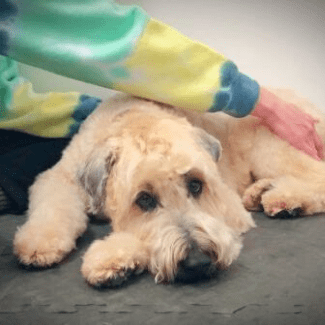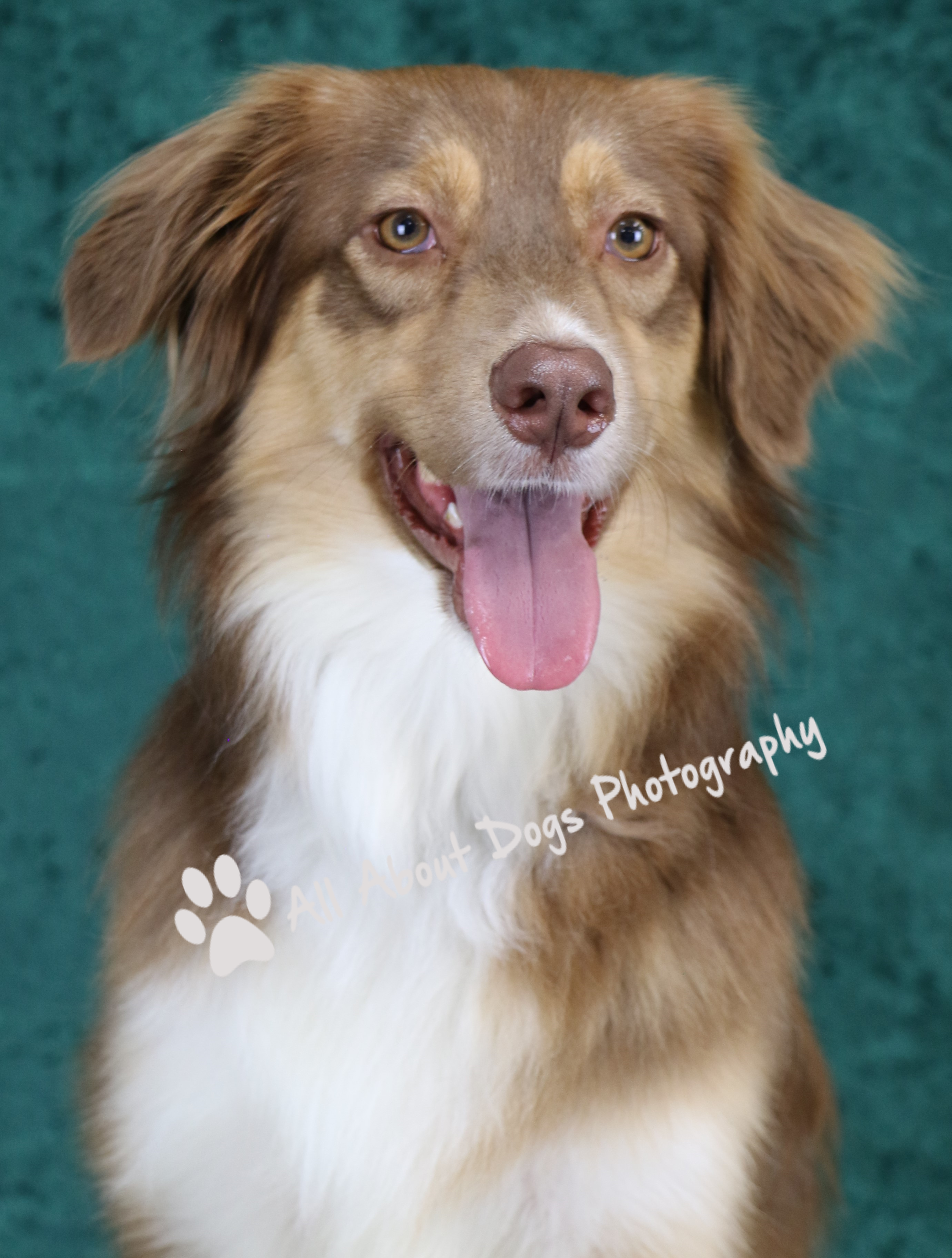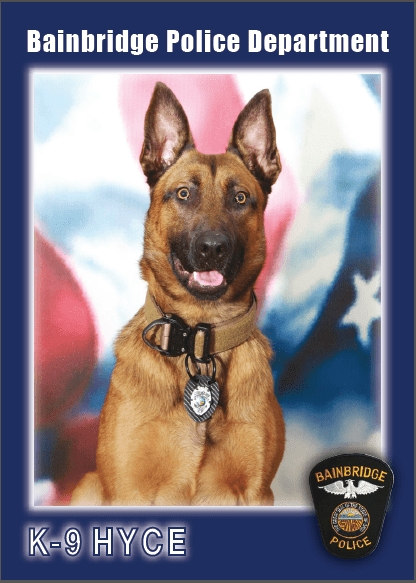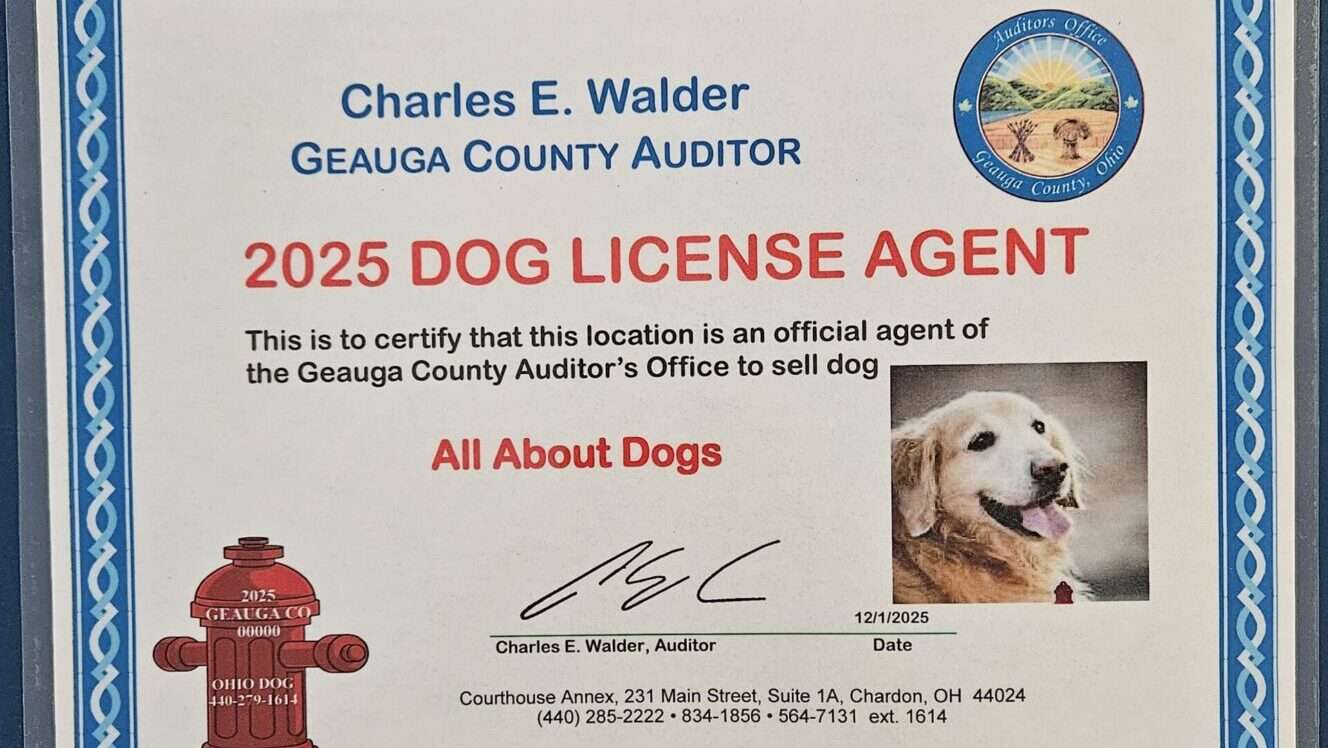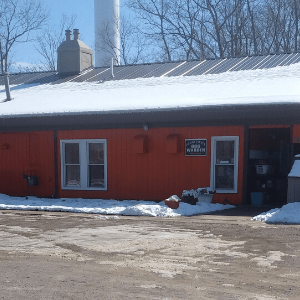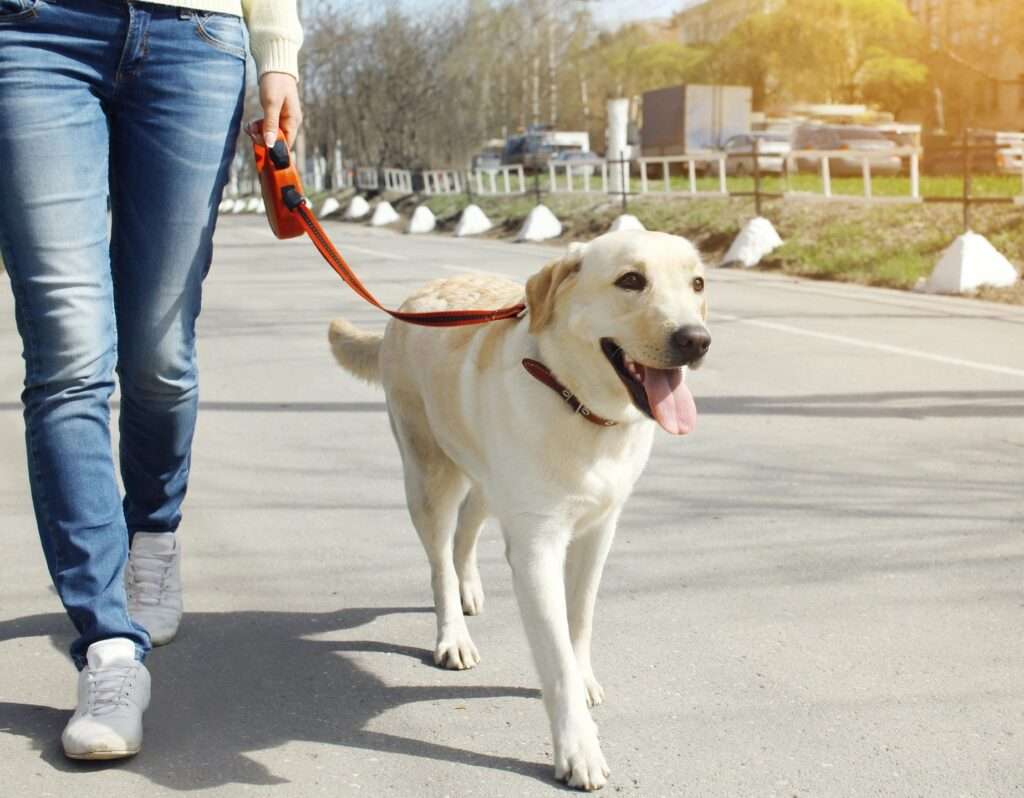Summer Safety
Keep your dog’s safe during the heat of the summer.
During the hot summer months, it’s important to take steps to keep your dog safe from the heat. Make sure your dog has access to plenty of fresh water and a shady spot to rest. Avoid exercising your dog during the hottest parts of the day and instead opt for early morning or late evening walks. Never leave your dog in a parked car, even with the windows cracked. Signs of heat exhaustion in dogs include excessive panting, drooling, and lethargy, so be sure to keep an eye out for these symptoms and seek veterinary care if necessary.
Dogs do not sweat to keep cool and maintain their body temperature. They cool themselves by panting which passes air over the tongue and over the mucous membranes through the insides of their mouth to cool the blood. This is not very effective, especially on hot, humid days. Dog’s that have broad heads and short muzzles, called brachycephalic, are even more at a disadvantage. A short muzzle means less surface area for cooling and excessive and heavy panting can irritate the airways and further restrict the dog’s ability to cool themselves.
The tongue talks.
Did you know you can use your dog’s tongue to help gauge how well your dog is cooling themselves? A dog can stretch and thin it’s tongue to create more surface area for cooling purposes.
If you dog’s tongue is plump and just a little is extended out, then it is likely your dog is doing a good job of keeping their body temperature in the safe zone.
If your dog’s tongue is extended far out and looks thin and curled up like a spade, then your dog is working hard to maintain a safe body temperature. It may be time to give your dog a break and time to cool down.
It’s important to know your individual dog and their heat tolerance.

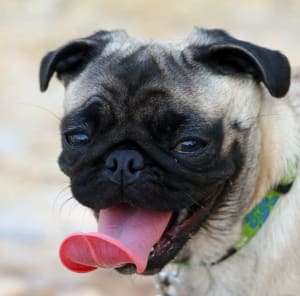
Additional signs of overheating in dogs.
- Heavy, frantic panting
- Excessive drooling or salivation
- Bright red gums or tongue
- Rapid or irregular heartbeat
- Inability or refusal to move or uncoordinated movements.
- Vomiting
Did you know that grooming is essential in the summer?
Loose and dead hair trapped within a dog’s coat can hinder a dog’s ability to regulate their body temperature and insulate themselves from the heat. It’s not always best to shave a dog in the summer. Some dog coats are designed to insulate from the heat in addition to insulating from colder temperatures. Although, some senior dogs can benefit from being shaved due to a decreased ability to cool themselves. Our groomers can help you determine what is best for your dog and coat type. Learn more about our grooming department.
Summer Paw Care.
Our dogs are always barefoot so when we wear shoes, we may not realize what’s going on under our feet. Just like our feet will burn if we walk across a hot street so will our dogs paw pads. On a hot summer day asphalt temperature can easily go above 100 degrees, even reaching 140 degrees.

Any surface that can hold heat can be a potential danger for your dog, even grass. Grass can hold heat and if you have a short-legged dog there isn’t much room for air circulation between their abdomen and the grass or other surface. This can also cause a dog to overheat.
Even a short period of time can result in burns and blisters on your dog’s paws. Before walking on a surface hold the back of your hand onto the surface for at least 7 seconds. If it’s not comfortable for you, it won’t be comfortable and safe for your dog. At a temperature of 125 degrees your dog’s paws can be damaged within 60 seconds!
When walking in the summer, observe your dog. What for signs of distress or discomfort. Your dog may limp or try to pull you over to the grass. Signs of damage can be red or pink pads, blisters or missing pieces of paw pad. If this happens, take your dog to the vet!
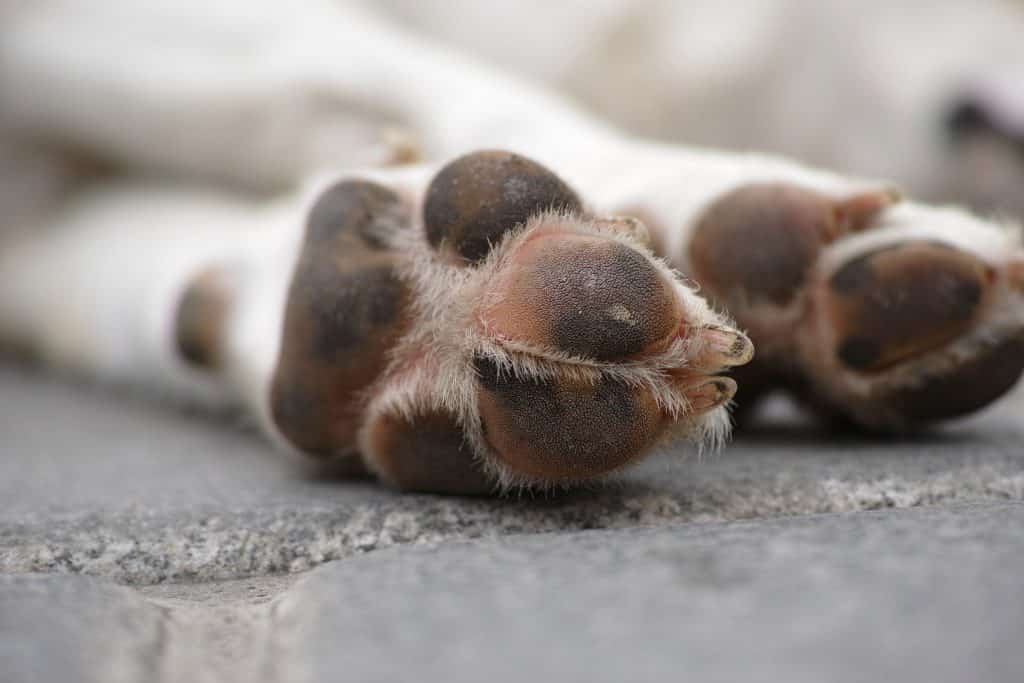

Paw images source OBOL – Operation Blankets of Love, Dog Paws Summer Heat

Summer Travel Safety
Dogs LOVE car rides and we love to include our dogs in our travel plans, but extra care must be taken. Even at an outside temperature of 70 degrees it only takes 10 minutes for the interior temperature of a car to reach 89 degrees. Open windows may do nothing to keep the temperature at a safe level.
What can you do?
- Open the doors and windows or put on the a/c before putting your dog in the car if the interior temperature is already high.
- Travel with a human partner so someone can stay with the car and your pets at all times.
- Use your remote start or take an extra key and leave the car running with the a/c on and doors locked.
Be aware that leaving a running car unattended is illegal in some states.
It is legal in Ohio to leave a running vehicle unattended, even in public, if the doors are locked.
Source: Section 4511.661 – Ohio Revised Code | Ohio Laws)
Keeping your dog safe.
Provide your dog access to clean water and a cool place to hang out. Some dogs are content under a shady tree while others will lie on cool tile or under a bed. For dogs that don’t tolerate heat like northern breeds or broad heat, short-muzzled dogs, also known as brachycephalic, air conditioning is a must. Older dogs and puppies are less able to control their body temperature so special care is needed. Stress and/or illness can also decrease a dog’s ability to cool themselves an maintain a comfortable body temperature.
What to do if your dog gets overheated.
- Provide access to cool water to drink but don’t let your dog gulp large amounts at a time. The body needs time to process the water and too much at once can cause other problems.
- Get your dog inside or in the shade immediately.
- Place cool compresses to their paws, abdomen and groin areas where you can directly reach the skin.
- Use a fan if your dog will tolerate it. An overhead fan can be a good choice.
- Contact your vet for further instruction.
- Take your dog to the vet if temperature is above 103 degrees or if your dog is unconscious or not responding.
It’s best to cool your dog slowly and check their temperature periodically to be sure you don’t lower it below normal.
Normal body temperature for a dog is 101 degrees.

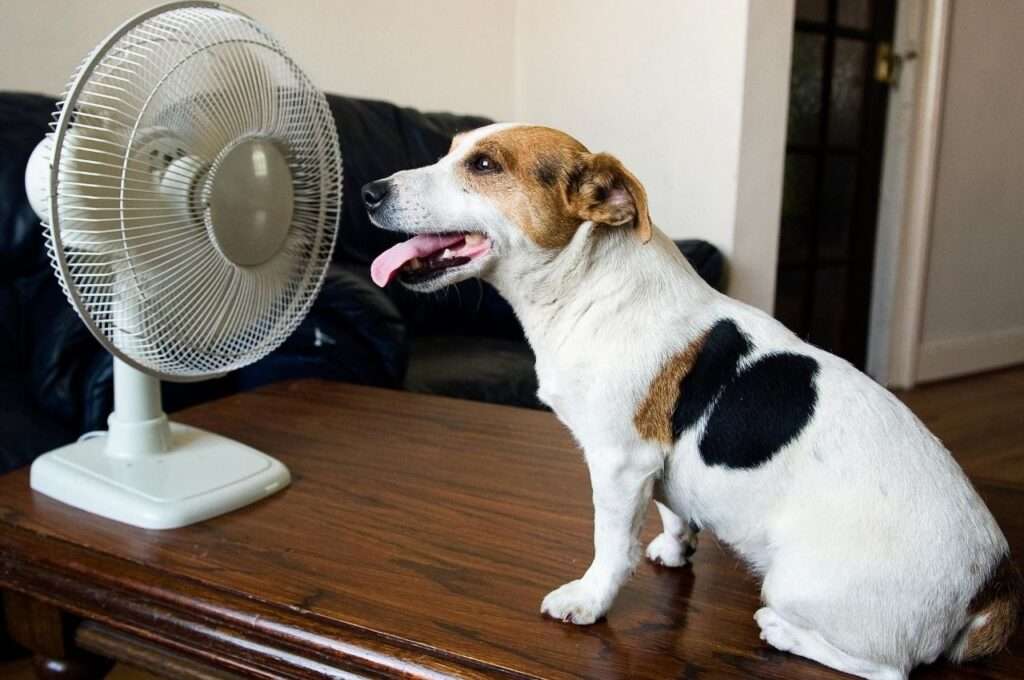
At All About Dogs
At All About Dogs we take your dog’s health seriously.
We monitor the weather and temperature and put procedures in place as needed.
When temperatures soar, we:
- Limit outdoor time.
- Hose down outdoor areas to cool the surface.
- Restrict or cancel Park Walks.
- Refresh water bowls frequently.
Take our quiz to test your knowledge on Summer Safety!





